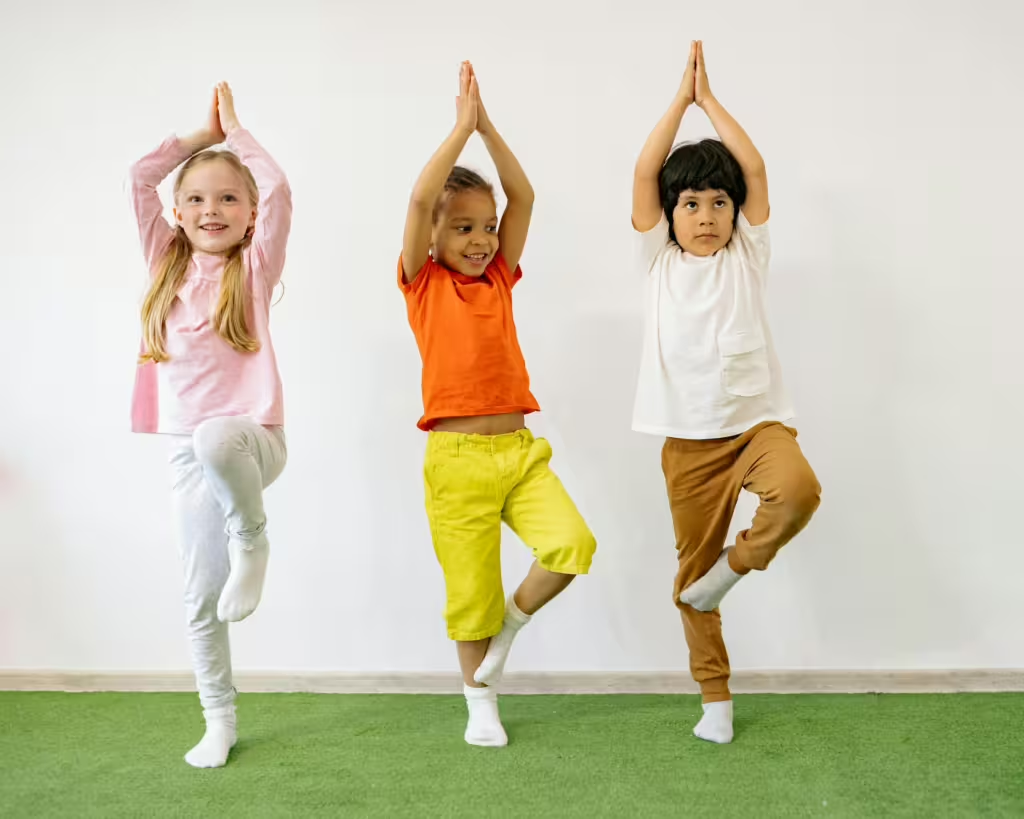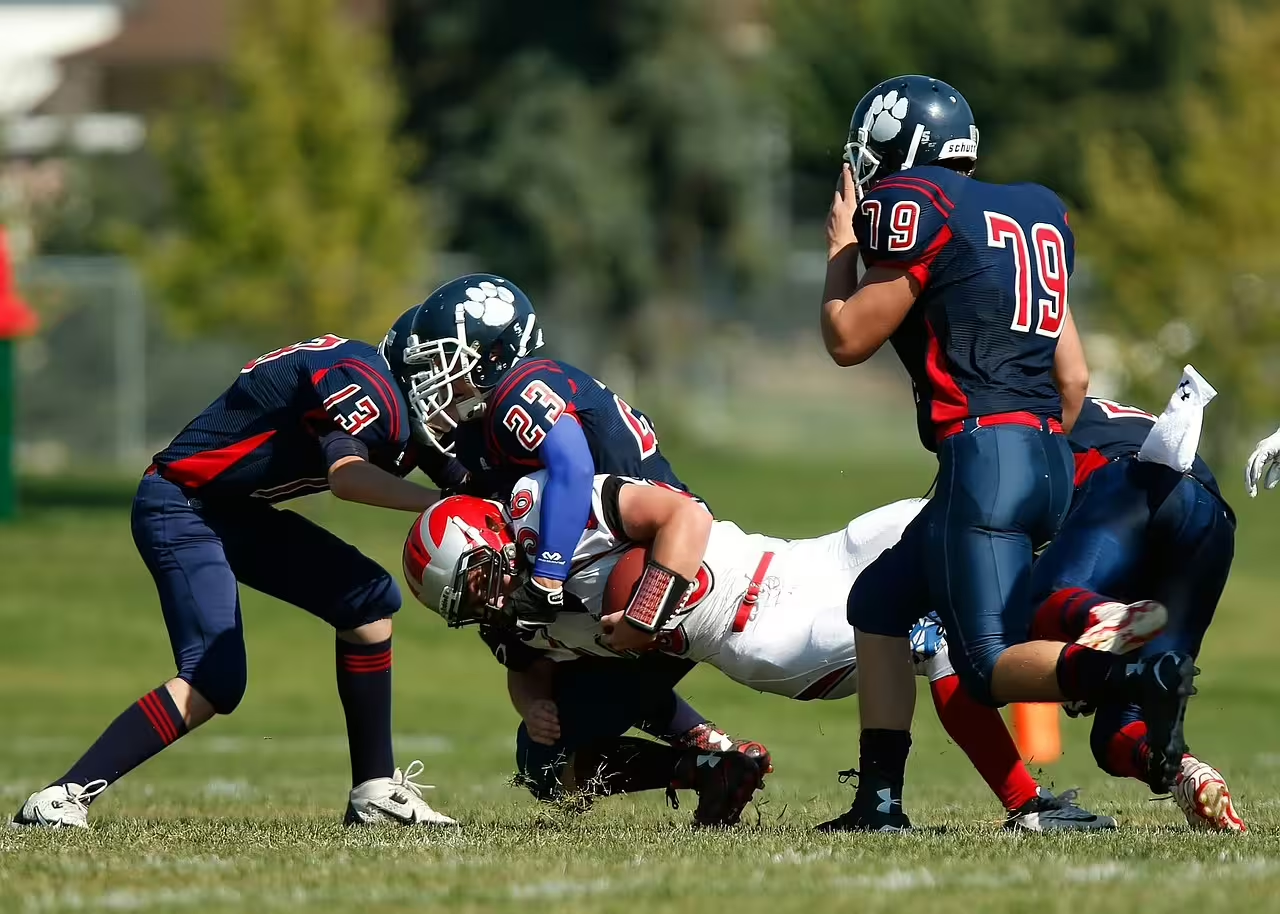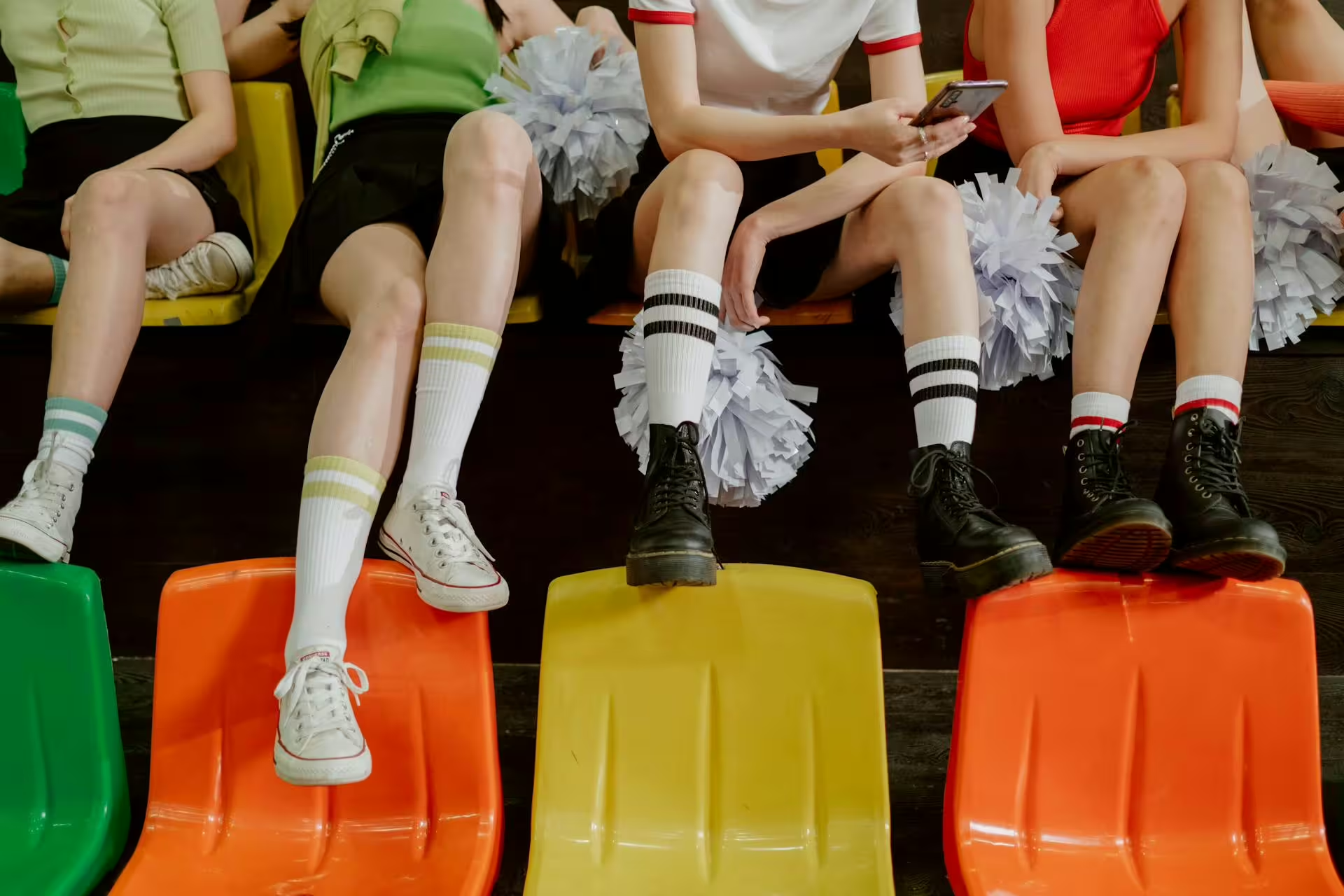When it comes to being flexible, it’s not always easy to determine what that means, exactly. For instance, one could be mentally flexible, emotionally flexible, or physically flexible. And indeed, each one of those qualities can be helpful for kids who play youth sports. Flexibility is a fundamental component of athletic performance. Having good mental, physical, and emotional flexibility contributes to a healthy mind and body.
In fact, most sports actually require that their players have at least some degree of physical flexibility. Gymnasts, martial artists, and dancers all tend to incorporate some degree of stretching and relaxation exercises into their daily routine, but so do many other sports. The thing is, taking time to stretch before and after a workout can significantly enhance their performance, reduce the risk of injury, and improve overall health in young athletes.
In this article, we will explore why flexibility in mind, body, and emotion matters in every sport that young kids play. We will go over the many benefits of stretching, relaxation, and meditation, while providing parents some valuable lessons for how to teach these essential practices to their own children.
The Importance of Flexibility in Sports
A person can be mentally flexible, meaning they are capable of shifting gears, learning new tactics, or taking on different points of view. At the same time, someone might exhibit a degree of emotional flexibility, which means having the ability to manage emotions and react to changing circumstances in a meaningful way. This latter bit is fairly important for young children, who don’t shift emotional gears as easily as their adult counterparts. This one takes time, and mindfulness and relaxation techniques can often aid in its successful adoption.
The main focus of this article shall be in terms of physical flexibility, however, which quite literally refers to the range of motion available at a joint. In the context of sports, flexibility of the body is quite crucial because it allows athletes to move more freely and efficiently during play and practice. The benefits of increased flexibility extend beyond just improved performance on the playing field. Proper flexibility and regular stretching can reduce the risk of injury, aid in faster recovery, and promote better overall health.
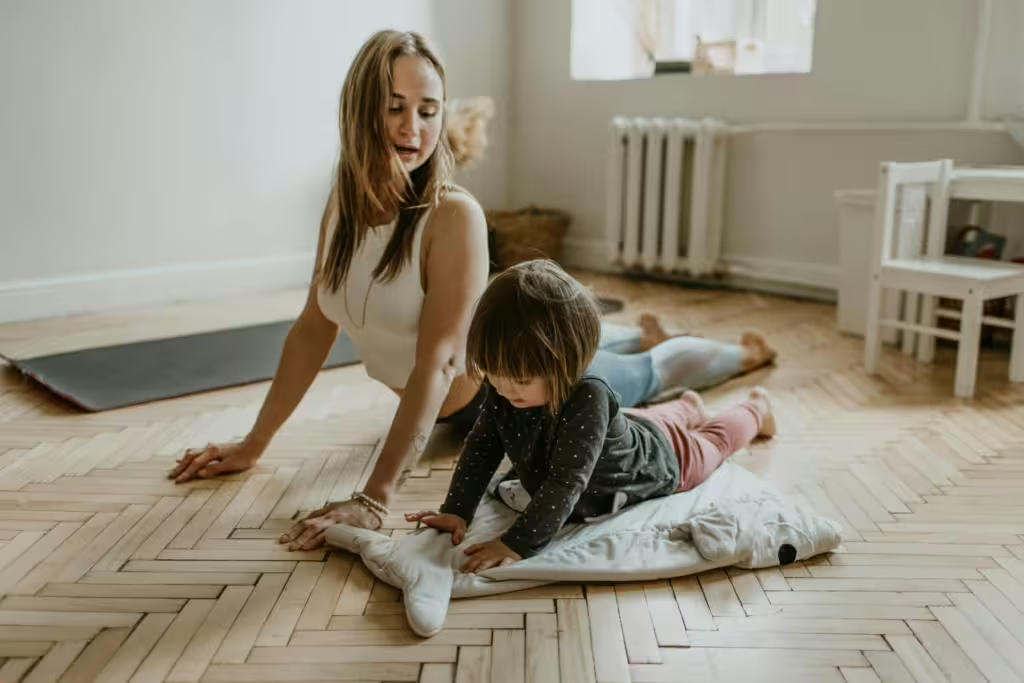
Below, we have included some examples of why flexibility matters in every sport:
Enhanced Performance: Having better flexibility allows athletes to move more fluidly, which can improve all aspects of a players speed, agility, and strength. Take sports like gymnastics and figure skating, for example, having better flexibility in those sports disciplines is directly linked to an athlete’s ability to perform the many intricate movements, jumps, and spins needed to compete. Sports like soccer or basketball require flexibility for different reasons, as it helps athletes reach for the ball, change direction quickly, and maintain balance under pressure.
Reduced Risk of Injury: Tight muscles are no joke. They can feel sore and sluggish in the moment, hindering performance, but they are also more prone to serious accidental injuries such as strains and tears. This is why it is imperative that parents and coaches incorporate regular stretching into their kids’ routines. Regular stretching improve muscle elasticity and overall flexibility, which reduces the risk of injury during practice and competition. Stretching also helps to prepare an athletes muscles for physical activity by increasing blood flow and warming up the body. When our bodies are warmed up and prepared to move, muscle function and performance are enhanced.
Faster Recovery: In addition to preventing muscle injuries, stretching helps to alleviate muscle soreness and stiffness post-activity. This works because regular stretching and flexibility training will elongate the muscles, somewhat. At the same time, stretching can help remove metabolic waste products, such as lactic acid, which is what builds up in the muscles during intense physical activity. By elongating the muscle fibers, kids can get much quicker recovery times and a reduced risk of developing muscle stiffness or cramping after they have worked out.
Improved Posture and Balance: When it comes to proper poster and balance, flexibility plays another crucial role. This is because, strong, flexible muscles support the body’s skeletal structure, helping to align the spine and reduce the risk of misalignment or injury. Having good posture can enhance athletic performance by allowing for more efficient movement, which then minimizes excess strain on joints and muscles.
Teaching Kids About Stretching and Relaxation
It’s not always easy for parents to teach their kids about the importance of stretching. After all, kids are little energy dynamos, they just want to get up and go. Fortunately, many kid’s cartoons, YouTube channels, and children’s exercise shows take moments to explain the value of stretching before any exercise; which takes a bit of the onus off us as parents. That said, like it or not, we still need to take a few moments to educate our own children about the importance of flexibility. This will end up being an investment in their long-term health and athletic success, especially if they are sporty kids, in general. Here are some key lessons and tips for parents to help effectively teach young athletes about stretching and relaxation exercises:
Make Stretching Fun: One of the biggest challenges in getting kids to stretch regularly is making it enjoyable. Simply stretching can be painfully boring, and in a way it’s kind of supposed to be, as it’s a necessary precursor to the fun of sports. Unfortunately, that’s a hard truth that kids don’t really need to be privy to at this point in their lives. This is why parents should try and use creative ways to incorporate stretching into their child’s everyday activities.
For instance, why not try turning your daily stretching exercises into games, such as “Animal Stretch” where kids mimic the movements of different animals (e.g., touching their toes like a cat stretching, reaching their arms overhead like a bird).
Incorporate Stretching into Daily Routine: The best way to make stretching a habit is to make it part of your child’s routine. Try to incorporate it into daily activities, perhaps by encouraging them to do a quick stretch before and after school, or during television breaks. Any amount of short, simple stretching routines can be done while watching TV or during breaks at home, and if they are done often enough, they might even form a positive habit.
Teach the Proper Technique: Before you go teaching your kids how to stretch, maybe re-familiarize yourself with some of the core concepts. Not only will stretching incorrectly increase the likelihood of injury for the kids themselves, it could put the parents out of commission right from the start. If you are unfamiliar or inexperienced in this regard, there are dozens of websites, YouTube channels, and even a few TikToks that show folks illustrating the proper ways to stretch before and after exercise; avail yourself of these at your earliest convenience.
Once you have educated yourself some, parents should teach their kids the basic principles of stretching—starting with gentle, static stretches where they hold a position for 15-30 seconds at most! Remember to avoid bouncing (which can strain muscles) and remind your children to listen to their bodies. This mean stretching only to the point of mild discomfort, not pain.
Use Relaxation Exercises: Relaxation exercises, such as deep breathing or mindfulness practices, are another great thing for anxious or overzealous kids. These can also be great complements to the physical stretching itself. That said, we’re not trying to get them to do shavasana or anything. We want to let kids know that yoga and other mindfulness practices are not only good for them, but enjoyable enough to do on their own if need be.
Deep breathing exercises can help calm a child’s mind and body, which is beneficial for both relaxation and performance. This is how simply teaching kids to take deep breaths before and during a stretch can help them focus and relax their muscles. It’s also important to note that various mindfulness activities could be integrated into stretching routines to help kids become more aware of their bodies and how they feel prior to gameplay.
Set Goals and Track Progress: Even in stretching, it pays to encourage our kids to set specific goals. In this case, those goals could be just related to their flexibility, such as touching their toes, doing a split, or holding a stretch for longer than they could prior. Parents can help track this progress by marking achievements on a calendar, a chart, or using a stretching journal. Always remember, celebrating small victories along the way can go a long way towards motivating kids to keep up with their stretching routine and feel a sense of accomplishment as they do so.
Lead by Example: Kids often learn best by example, which is why we tried to warn parental readers earlier about getting the proper stretching basics down themselves before they teach it to their kids! Parents who demonstrate regular stretching and discuss its benefits can set a powerful example for young children. They learn by watching us, they develop similar habits, and often enjoy similar physical pursuits. Thus, stretching together as a family can make for a fun and social activity that can ultimately build great habits going forward. Parents should also feel free to share their own experiences with flexibility—such as how stretching helps them feel better, perform better at work, or stay healthy—and discuss the importance of these habits.

Practical Stretching and Relaxation Exercises for Kids
Here are some practical stretching exercises and relaxation techniques that parents can use to introduce their kids to the art of improved flexibility:
Forward Bend (Hamstring Stretch):
- Stand with feet hip-width apart.
- Reach your arms forward and bend at the waist to touch your toes.
- Hold for 15-30 seconds, feeling the stretch in the back of the legs and lower back.
- Breathing deeply and steadily can enhance the stretch.
Butterfly Stretch:
- Sit with the soles of your feet together and your knees bent outward.
- Hold your feet with your hands and gently press your knees toward the floor.
- This stretch targets the inner thighs and groin area, helping to increase flexibility in the hips.
Shoulder Stretch:
- Sit or stand up tall with your arms extended straight out to the sides.
- Slowly bring your arms forward and clasp your hands together in front of you.
- Pull your arms away from your body to feel a stretch across your chest and shoulders.
- Hold for 15-30 seconds and breathe deeply to relax the muscles.
Cat-Cow Stretch (for spine flexibility):
- Get on all fours with wrists under shoulders and knees under hips.
- Inhale as you arch your back (cow pose) and exhale as you round your back (cat pose).
- Repeat 5-10 times, coordinating the movement with your breath.
- This stretch helps improve flexibility in the spine and aids in relaxation.
Child’s Pose (for relaxation):
- Kneel on the floor with your big toes touching and knees apart.
- Sit back on your heels, extend your arms forward, and rest your forehead on the floor.
- Breathe deeply, letting your body relax into the stretch.
- This pose is excellent for calming the mind and stretching the lower back and hips.
Mindful Breathing:
Note that this is less of a stretch and more of a relaxation technique, but as we said earlier, it can definitely help.
- Sit or lie down comfortably with your eyes closed.
- Focus on your breath—inhale deeply for a count of four, hold for a count of four, and exhale slowly for a count of four.
- Practicing deep breathing can help kids relax, focus, and prepare mentally for activities.
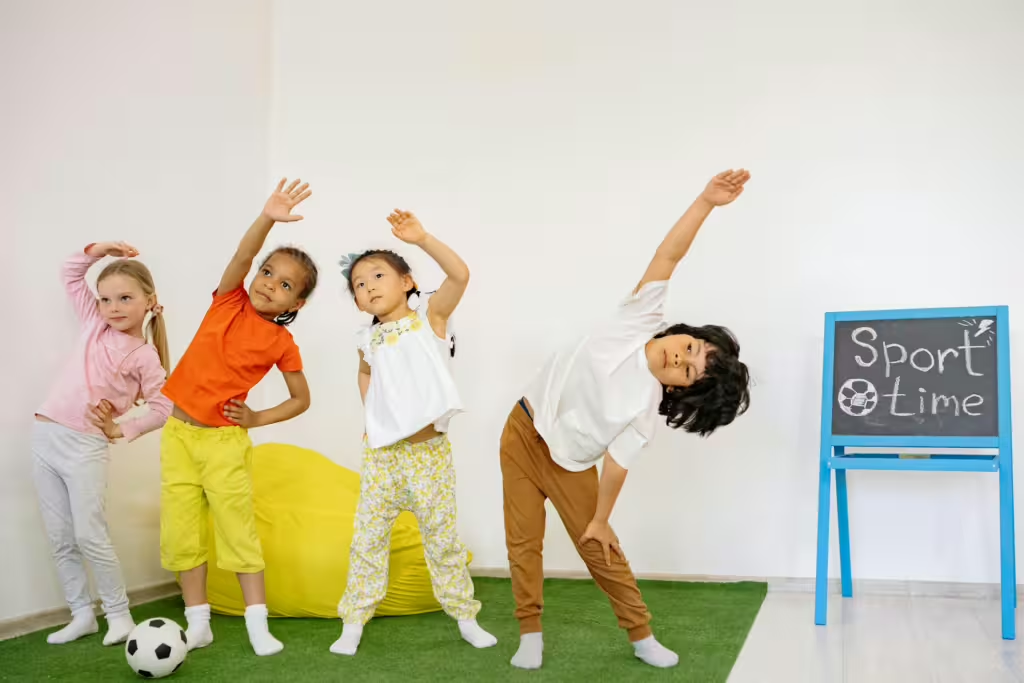
Cultured Athlete Says…
As you can see, flexibility is a vital aspect of youth sports that should be nurtured from the very start. By teaching kids how to incorporate stretching and relaxation exercises into their daily routines, parents will be able to help them improve their athletic performance, reduce the risk of even minor injuries, and develop lifelong habits for physical and mental well-being. As we touched on earlier, flexibility of mind, body, and emotion is key to a living a healthy life, so before you head down to the gym or soccer field, make sure your kids have a bit of a stretch!
Discover more from CulturedAthlete
Subscribe to get the latest posts sent to your email.

